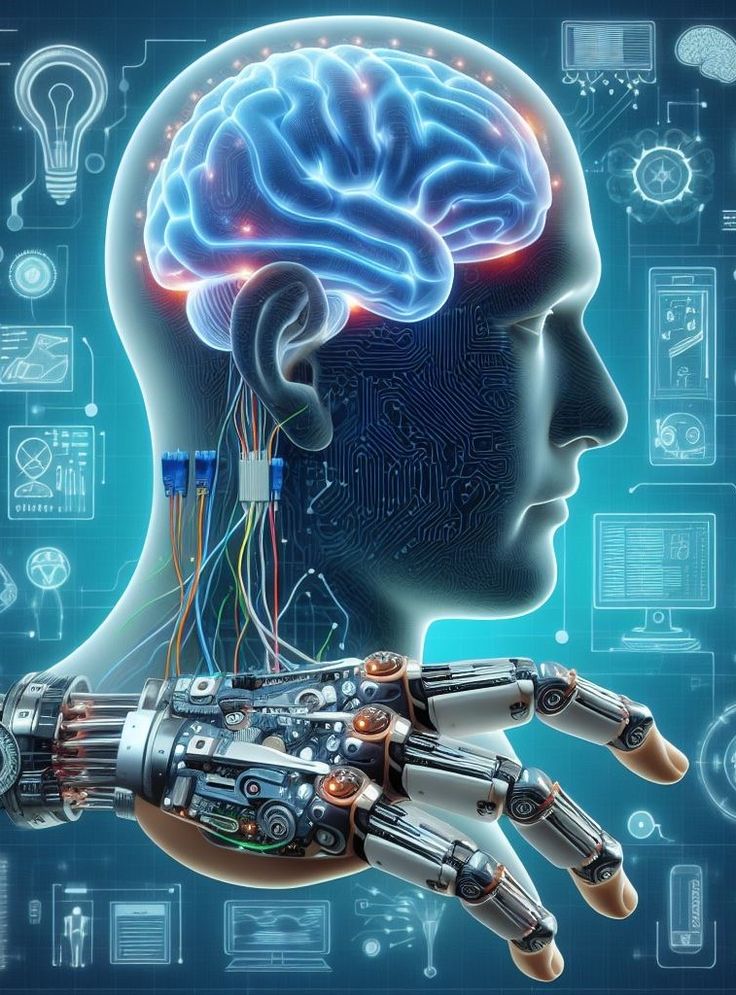The Future of Brain-Computer Interfaces: Beyond Sci-Fi

Introduction
Brain-computer interfaces (BCIs) are poised to revolutionize the way we interact with technology and each other by establishing direct communication pathways between the human brain and external devices. While the concept may have originated in science fiction, advancements in neuroscience, engineering, and artificial intelligence are rapidly bringing BCIs into the realm of reality. This technology has the potential to enhance various aspects of human life, from medical applications to entertainment, education, and beyond.
Understanding Brain-Computer Interfaces
BCIs function by translating neural signals into commands that can control computers or other devices. This is achieved through the use of sensors that detect electrical activity in the brain, often via electroencephalography (EEG), functional magnetic resonance imaging (fMRI), or implanted electrodes. The signals are then interpreted using sophisticated algorithms that convert them into actionable outputs.
Applications of BCIs
- Medical Rehabilitation:
One of the most promising applications of BCIs is in the field of rehabilitation for individuals with neurological disorders or injuries. For example, BCIs can enable paralyzed individuals to control prosthetic limbs or communicate using computer systems. Research has demonstrated that BCIs can help patients regain some motor functions by providing a means of directly controlling devices through thought. - Enhancing Cognitive Function:
Future BCIs may also be used to enhance cognitive capabilities, such as memory or learning speed. By facilitating direct access to external knowledge bases or improving neural connections, BCIs could support individuals in acquiring and processing information more efficiently. This could revolutionize education and training across various fields. - Gaming and Virtual Reality:
The entertainment industry stands to benefit significantly from BCIs. Imagine immersive gaming experiences where players can control characters and environments solely through their thoughts, creating a more engaging and interactive experience. Similarly, BCIs could enhance virtual reality by enabling users to manipulate virtual environments without the need for physical controllers. - Mental Health:
BCIs may also play a role in mental health treatment. By monitoring neural activity related to mood and cognitive function, BCIs could provide real-time feedback to users and therapists. This technology could help in developing personalized treatment plans for conditions such as depression, anxiety, or PTSD. - Communication:
For individuals with severe speech impairments or locked-in syndrome, BCIs could provide a means of communication by interpreting brain signals associated with thoughts or intentions. This could greatly improve quality of life and provide individuals with a voice.
Ethical Considerations
While the potential benefits of BCIs are immense, there are also significant ethical considerations that must be addressed:
- Privacy and Security:
As BCIs have the ability to read thoughts and intentions, questions arise regarding data privacy and security. How will sensitive information be protected? What happens if unauthorized entities gain access to an individual’s neural data? - Informed Consent:
Ensuring informed consent becomes more complex when it involves technology that interacts directly with the brain. Users must fully understand the implications of using such devices and the potential risks involved. - Inequality and Access:
The deployment of BCI technology raises concerns about unequal access. As these technologies develop, there is a risk that only certain demographics or socioeconomic groups may benefit from advancements, exacerbating existing inequalities. - Identity and Agency:
The integration of technology with human cognition raises profound questions about identity and agency. How will individuals maintain their sense of self in an age where thoughts can be interpreted and potentially manipulated by machines?
Challenges and Future Directions
Despite the excitement surrounding BCIs, several challenges remain:
- Technical Limitations:
Current BCI technology still faces limitations in accuracy and reliability. Improving signal detection and interpretation is essential for practical applications. - Regulatory Frameworks:
Establishing regulatory frameworks for the ethical use of BCIs will be crucial. Policymakers must navigate the balance between innovation and safeguarding individual rights. - Public Perception:
Overcoming public skepticism and fear surrounding BCIs is essential for widespread acceptance. Education and awareness campaigns can help demystify the technology and its applications.
Conclusion
As we stand on the brink of this technological frontier, the future of brain-computer interfaces holds exciting possibilities for enhancing human capabilities and transforming the way we experience the world. While the potential benefits are profound, it is crucial to address the ethical considerations and challenges associated with this technology. By doing so, we can ensure that BCIs are developed responsibly and equitably, paving the way for a future where humans and technology coexist harmoniously.






Responses